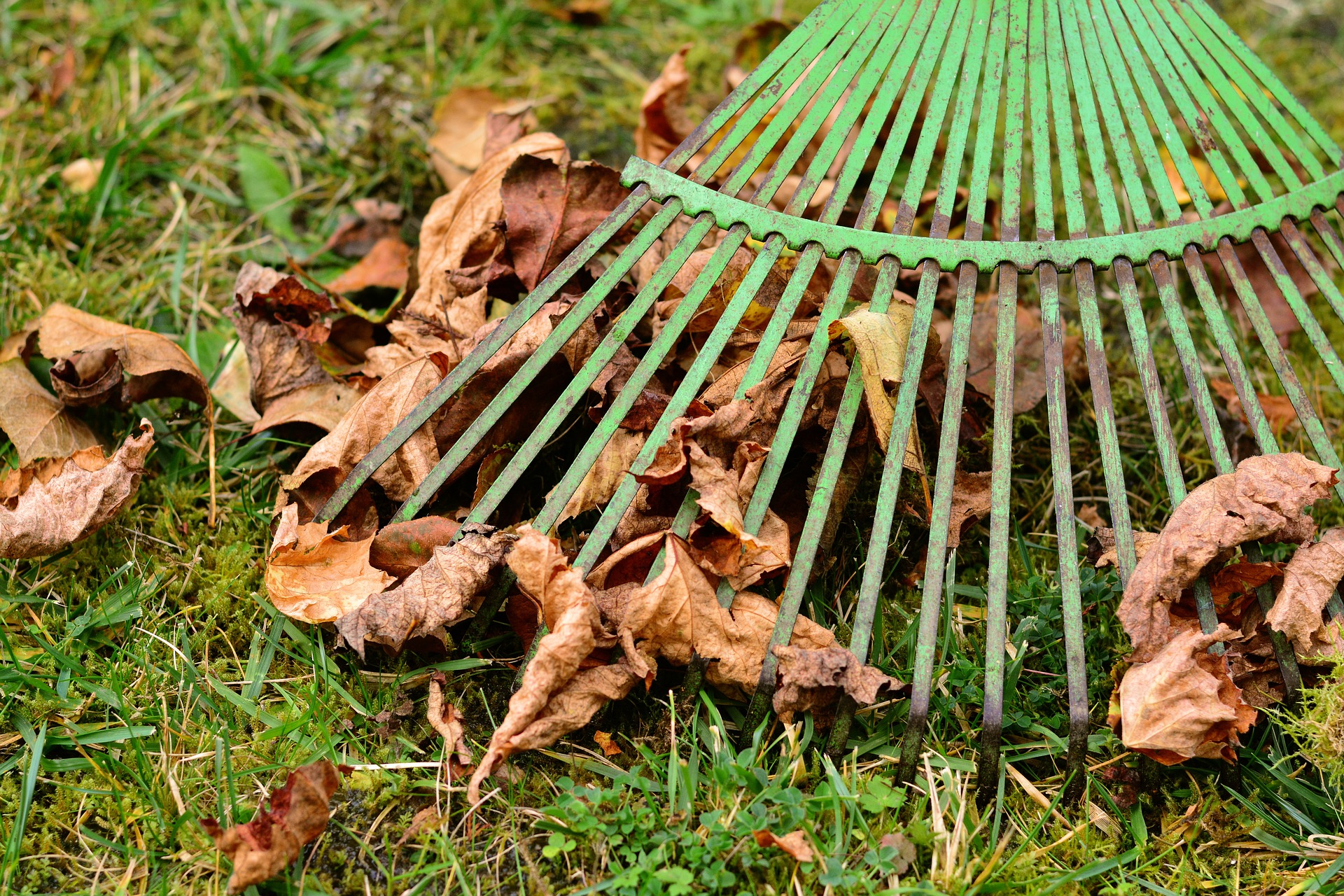October Gardening Jobs: Get the Most Out of Your Garden

October is here! But even though the weather is getting colder, there’s still plenty you can do with your garden. In fact, the cooler temperatures can help make October gardening a joy.
Here are a few October gardening chores you should focus on this time of year.
1. Take care of your leaves
Changing leaves look lovely when they’re still on their trees. When they die off and land on your property, that’s a different story.
Accumulating fallen leaves can damage your lawn, and present a slip hazard for your walkways, deck, and driveway.
Collect them with a rake, cut them into small pieces with a leaf vacuum or lawn mower, and then use them in your compost pile or as a mulch. Talk to your neighbors about collaborating on renting a chipper or shredder to get rid of any branches, stems or limbs you want to turn into mulch.
2. Planting spring bulbs
Mid-October is a great time to begin planting bulbs that will flower in the spring. You can keep this up until the middle of November (or later if the ground isn’t frozen).
Use bulb fertilizer instead of bone meal in the planting holes and protect the bulbs from pests by surrounding them with wire poultry cages. A visit to your local plant nursery can help you decide which bulbs will work best.
3. Moving plants indoors
This is the time of year when you’ll want to move any tropical houseplants that you’ve been keeping outside indoors.
Trim the plants, remove any weeds and fallen leaves from the soil, and give the plants a gentle spray with your hose to get rid of insects.
You can submerge smaller plants in water for 15 minutes to wash away insects. With larger potted plants, immerse the base of the pot in water to get rid of any insects hiding in the soil.
Once you have plants indoors, keep them in a room that stays relatively cool, which will prevent you from having to water them as often.
Other October tasks
Landscaping
Fall is an ideal time to plant trees and shrubs. Planting now gives them several months head start to get their roots established prior to the arrival of hot and dry summer conditions. This is also the best time to increase your supply of perennials by dividing and transplanting established clumps of daylily, ajuga, liriope, mondograss, iris, columbine, penstemon, yarrow, Shasta daisy, coreopsis, purple coneflower, oxalis, and violets.
Unless you’re in the midst of a fall drought, cut back on watering your landscape plants. If rains are scarce, then you’ll naturally want to keep to your watering schedule.
Vegetables
There are a few vegetables that can still be started – the sooner the better. These include beets, carrots, collards, kale, garlic, cilantro, leaf lettuce, mustard, radish, spinach, bok choy, Swiss chard and turnips.
If you are short on space in your yard for a vegetable patch, grow them in containers on your patio (if you have enough sun). All of the above types can be successfully grown in large pots or boxes, provided you water and fertilize them regularly.
Lawns
If you have not fertilized your lawn yet for the fall, do so right away. Fall fertilization, also known as winterizing, promotes continued healthy lawn growth so it can produce and store food reserves for use during spring green up. October is also a good month to lime the lawn and flower beds, if needed, but do so only based on soil test results.
Continue to mow the lawn as long as the grass keeps growing, but with the mower blades at their highest level.
Cooler weather causes dormant weed seeds to spring to life. In the world of weeds, they can be classified as warm and cool season types. Cool season weeds germinate in response to mild temperatures and soil moisture, growing and flowering during the cool fall through spring season. Common cool season weeds include henbit, chickweed, cranesbill (Geranium), lawn burweed, and annual bluegrass (Poa annua).


